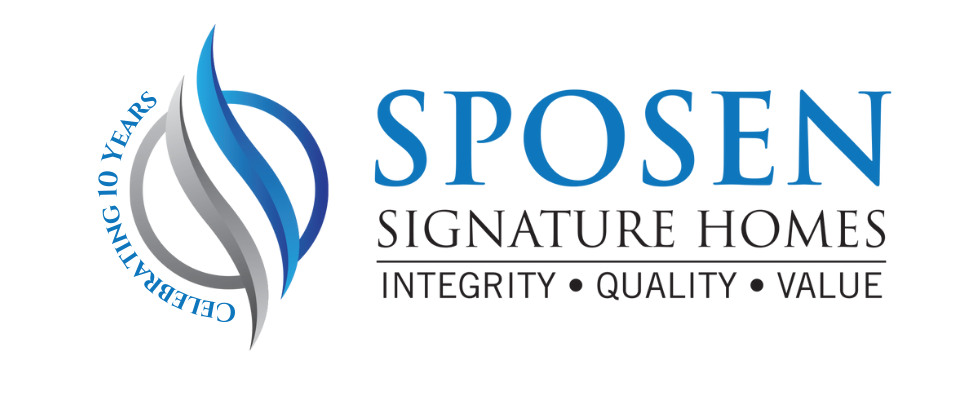It is good practice to check on any building restrictions that may be attached to the Cape Coral lot you are interested in prior to purchasing it. Most restrictions can be worked around, however it does take planning, time and additional dollars to complete. We have compiled a complete outline of the process of verifying lot restrictions that may be in place on lots located in Cape Coral, Florida.
Cape Coral:
The link to the Cape IMS system is: https://capegis.maps.arcgis.com/apps/webappviewer/index.html?id=bbce9a471a534e7482d35716c4cb6f36
- Type in the property address you’re researching. It will select the parcel and give you a drop down of options.
- Using the scroll bar in the parcels information box, slide down to “Eagle Zone”.
- If it’s blank, it’s not in an eagle zone
- If it’s got anything listed here, this is something to be aware of if the client wants to build a home. When in an eagle zone, there can be no heavy machinery on site from October 1st – May 15th. So, no trusses, no cement truck, nada.
- Slide down to “Water”.
- If it begins with an A, you’re A-Ok.
- If it begins with a B, this is a “Betterment Property”. This means that the property is in an area that has large projects going on, either in the past or future. It could be a Walmart going in, or a school, or shopping center. This will raise the costs of the clients impact fees about $3,000-3,500 when going to permitting. So what was roughly $15,000 for permit and impact fees, now becomes $18,000.00
- Slide to the top. Look where it says “Property Restrictions”.
- Click “Run Report”
- This will produce a list of any restrictions on the property. This could be anything from burrowing owls or gopher tortoises to storm pipes in the easements. This all creates additional costs to the client. The removal of owls is based off each nest found on the property. The removal of any species requires a Florida Fish & Wildlife permit and can take up to 90 days from FF&W permit application to be approved. Please note, if it is an active nest, has eggs, or young owls that are not able to fly yet (fledglings), the site cannot be disturbed.
Please also note, Nesting Season runs from February 15th – July 10th. There can be no removal of nests during this time, or until the fledglings can fly… even if it’s beyond July 10th.


